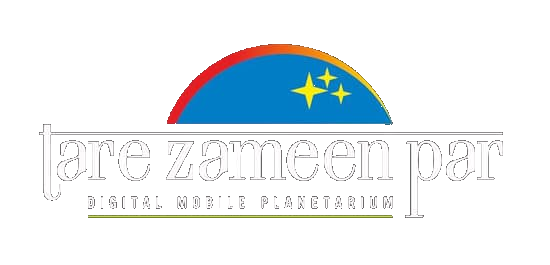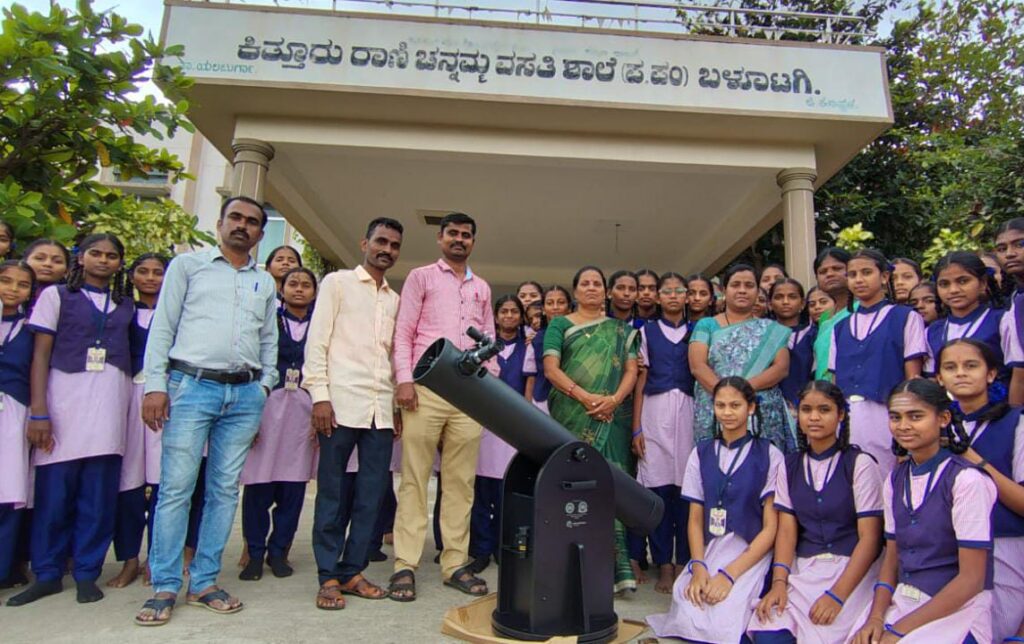Blog
Educating India, Together
Dive into the latest updates, success stories, and partnerships driving our mission forward.
India’s Education Revolution: Before vs After 2000 India’s story is one of contrasts. For decades, it was seen as a land of mystics and snake…
CSR That Ignites Minds: Why Science Education in Rural India Should Be Every Company’s Priority In today’s world, Corporate Social Responsibility (CSR) is no longer…
CSR in Action: How Spark of Curiosity is Changing Rural Classrooms India has made remarkable strides in expanding access to education, with nearly 1.5 million…
Immersive Learning-Transformation of Modern Education with VR and AR Immersive learning is changing the way modern education is designed in order to make learning interactive,…
Celebration of National Space Day: India’s Journey to the Moon Celebration of National Space Day: India’s Journey to the Moon National Space Day Significance…




